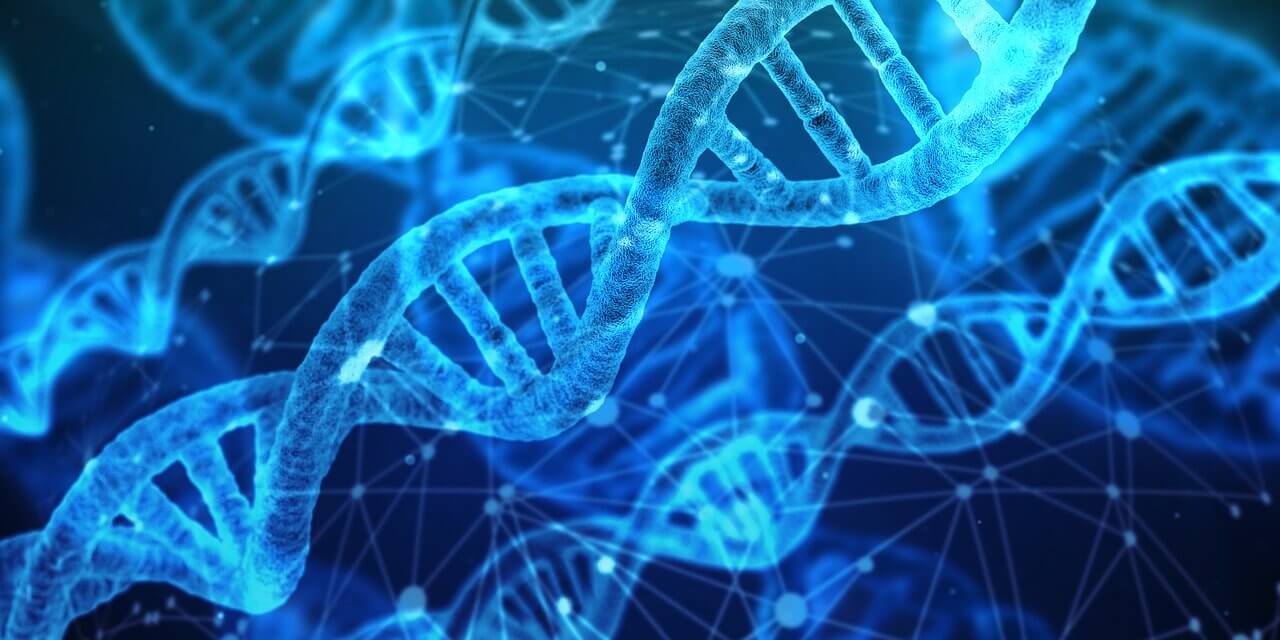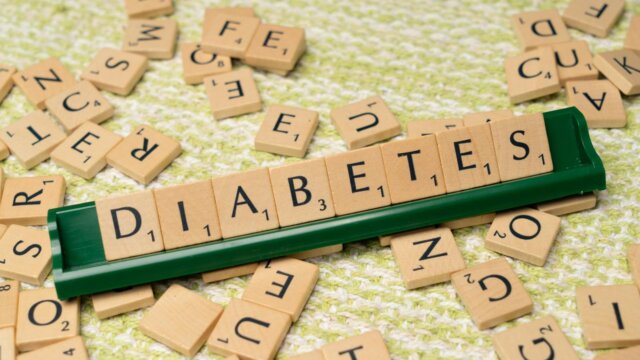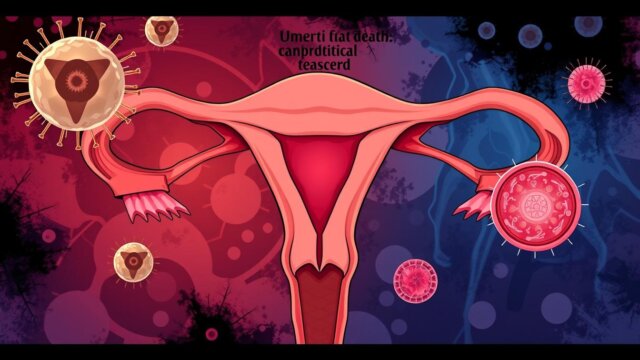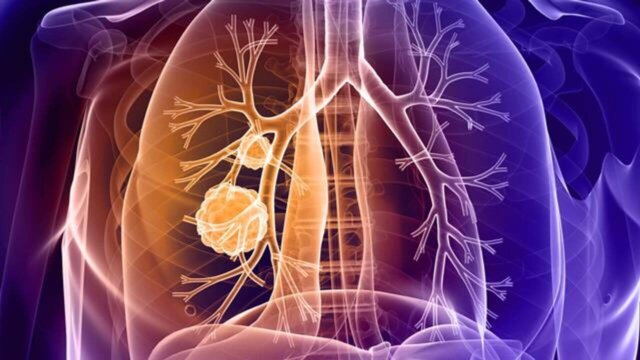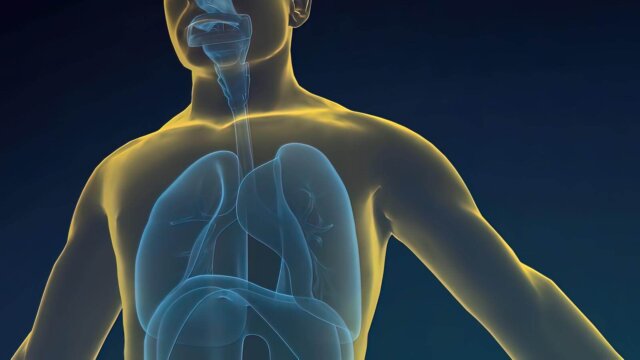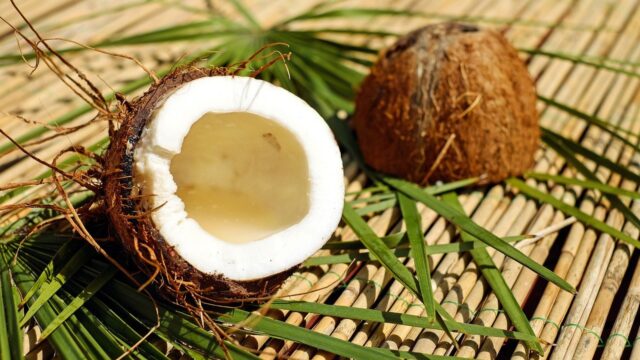FTC disclaimer: This post may contains affiliate links and we will be compensated if you click on a link and make a purchase.
The DNA is the basis of all life, and every living thing on planet Earth has DNA.
The primary function of DNA is to store all genetic information needed for an organism to develop, grow, and reproduce.
Your DNA is what makes you, you! You got your DNA from your parents, and similarly, it gets passed from generation to generation.
Nobody will have the same DNA in this world until and unless they are identical twins.
The DNA writes genetic code or instruction in a simple alphabet with just four-letter – A, T, C, and G.
But, before we move on in detail about how DNA works, we need to have a look at cell structure.
Overview of Cells
As we know, that cell is the building block of all living things. And, the human body itself contains trillions of cells.
The cells’ work is to provide structure to the body, take nutrients from food, and convert them into energy and many more specialized functions.
Mainly, cells are of two types:
- Eukaryotic cells contain a nucleus and can be either single-celled or multi-cellular.
- Prokaryotic cells do not contain a nucleus and are single-celled organisms.
Organisms that have eukaryotic cells include plants, animals, fungi, and protozoa, and that contain prokaryotic cells are bacteria and blue-green algae.
Moreover, cells have many parts, such as the nucleus, cytoplasm, mitochondria, ribosomes, and many more.
Each part has different functionality and specialized in specific tasks within the cell.
In a Eukaryotic cell, DNA is present in the cell’s nucleus, whereas, in a prokaryotic cell, DNA is present in the cell’s cytoplasm.
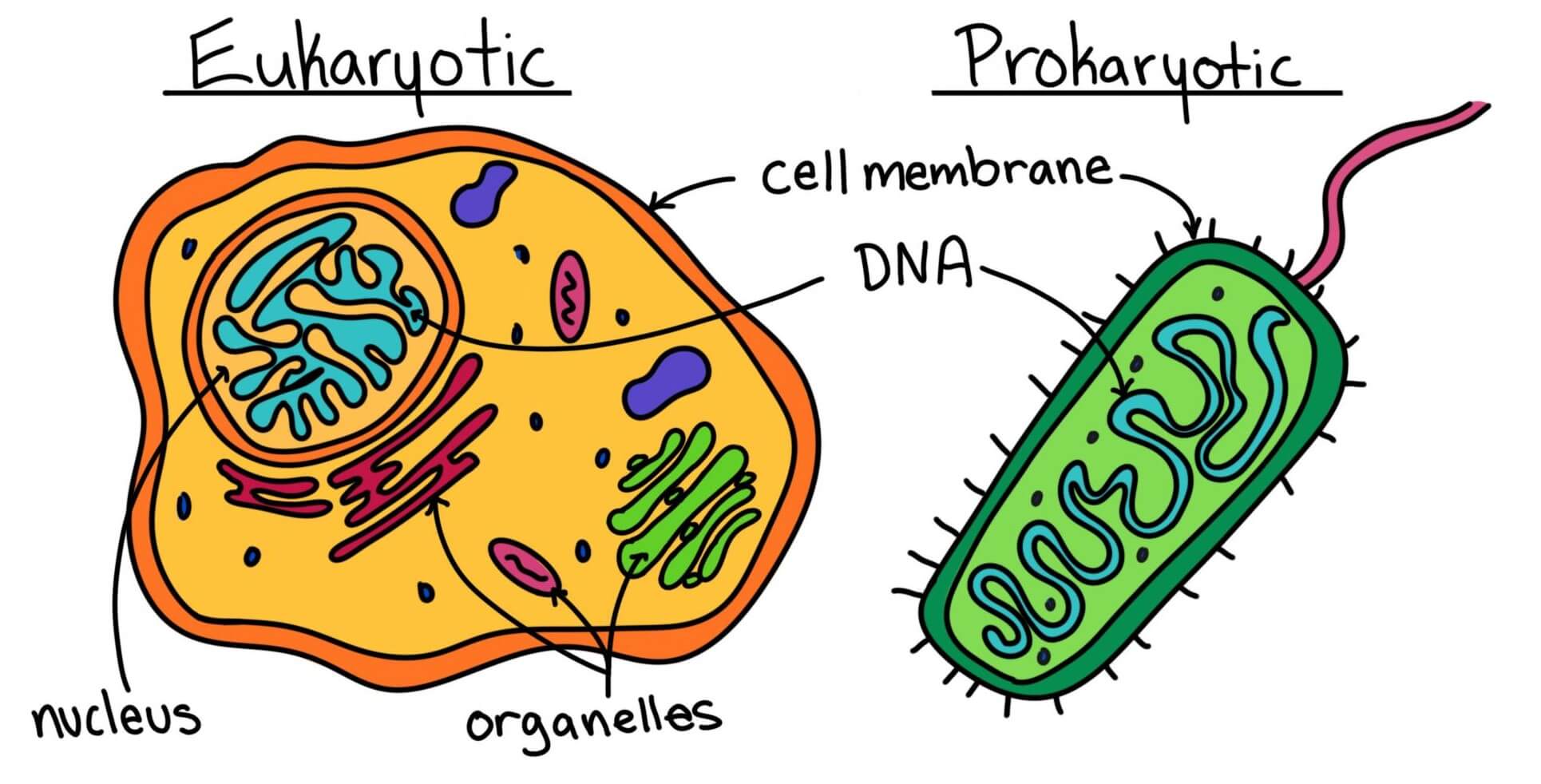
In humans, the genetic material contains the blueprint of the structure and functioning of the body.
DNA and protein are combined to form the genetic material of the cell.
Before it could be confusing, let define specific terms such as genetic material and genetic code.
What is the genetic material?
The genetic material refers to those materials of the cell that store genetic information in the nucleus, mitochondria, and cytoplasm of an organism’s cells.
What is the genetic code?
The genetic code means a set of rules and instructions used by living cells to translate information within genetic material into proteins.
Now, we will look upon DNA and its functionality.
Understanding DNA, Gene, Chromosome, Genomes
What is DNA?
DNA stands for deoxyribonucleic acid.
In short, DNA is a long and complex molecule that contains each person’s unique genetic code.
In another way, DNA acts as a blueprint or recipe for living things.
It holds the instruction or rules that are essential for our bodies to function. It comes through heredity in humans and almost all other organisms. Like, passing traits of parents to their child.
Now, you would like to know what DNA is made of and how DNA looks.
What is the structure of DNA?
The basic structure of DNA is made up of molecules called nucleotides, which consist of four nitrogen bases such as Adenine (A), Thymine (T), Guanine (G), and Cytosine (C), plus a sugar molecule and one phosphate molecule.
Moreover, nucleotides are also known as the building blocks of DNA.
Additionally, the two polynucleotide chains coil around each other to form a double-helix structure carrying genetic code for the functioning, development, growth, and reproduction of all known organisms.
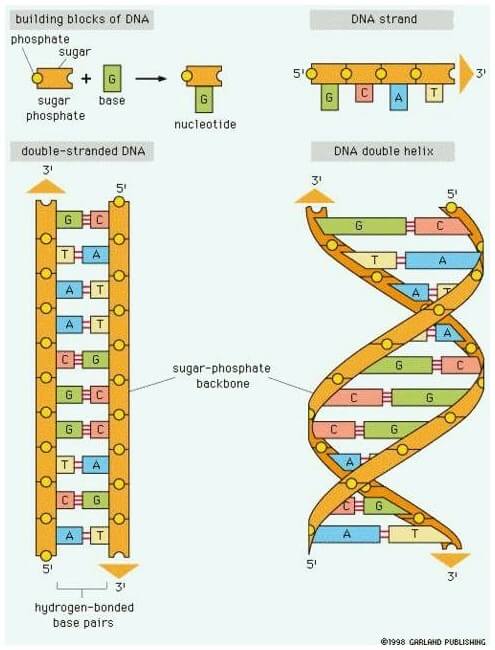
How does DNA look?
The double-stranded DNA looks very similar to a ladder.
The base pairs of DNA form the ladder’s rungs, and the sugar and phosphate molecules of DNA forms the vertical sidepieces of the latter.
And, one base pair up with another base in a DNA with the help of a hydrogen bond.
What is a base pair in DNA?
A base pair is two chemical bases that are bonded together like A pair up with T and C pair up with G to form base pairs.

As a DNA base pairing rule, Adenine will always pair with Thymine (A-T), and Cytosine always pairs with Guanine (C-G).
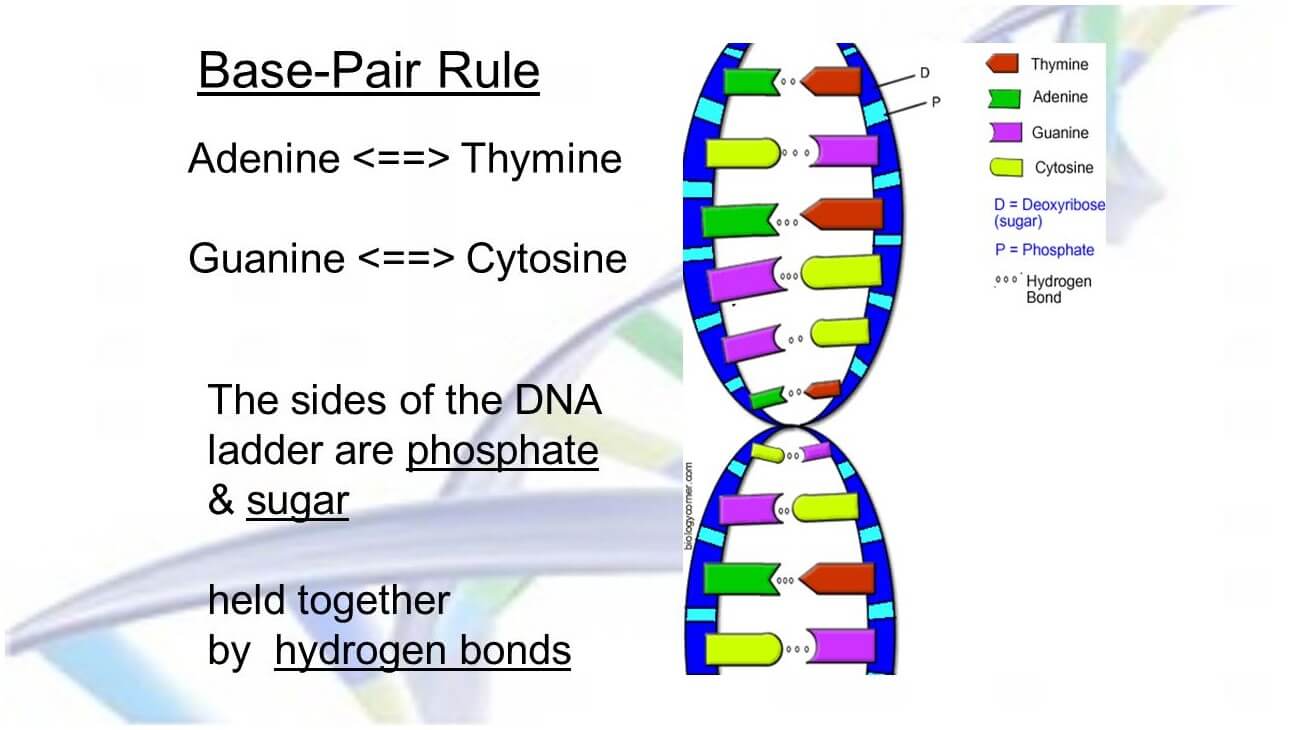
Also, each base is attached to a sugar molecule and a phosphate molecule.
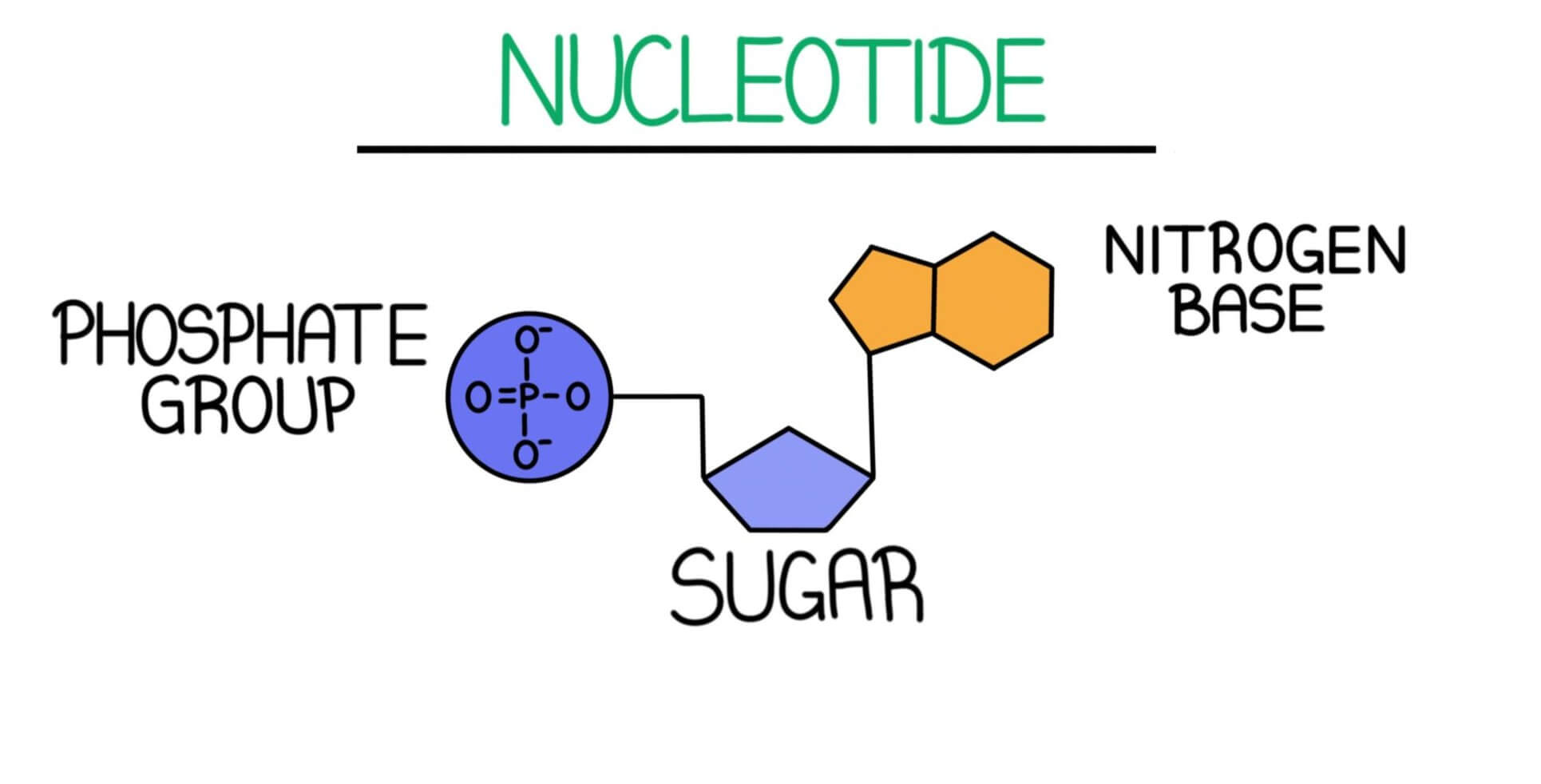
So, these phosphate and sugar molecules create the backbone of DNA.
Thus, the backbone of DNA is made of repeating patterns of a sugar group and a phosphate group.
Whereas deoxyribose is the name of the sugar found in the backbone of DNA.
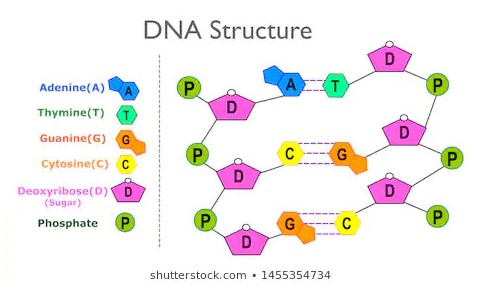
Overall, the whole structure is of nitrogenous bases connected to the sugar-phosphate backbone, which plays a vital role in storing and transfer of genetic information.
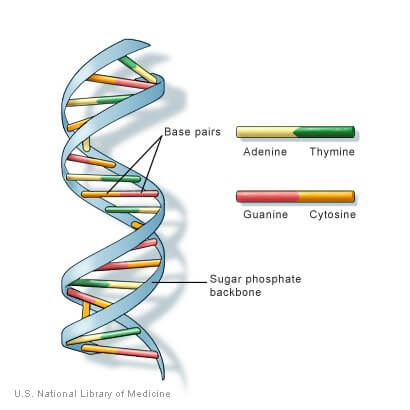
Where and How DNA stored information?
We talked about early that DNA stored information for the functioning of our body. But where does it keep all info?
The DNA stores information as a code. Interchangeably, we say genetic code.
Moreover, the code is of four chemical bases: Adenine (A), guanine (G), Cytosine (C), and thymine (T).
You can see these chemical bases (A, T, C, G) in the basic structure of DNA. The chemical bases are always in the order or sequence that determines the available information required to build and maintain the human body or organisms.
We can compare this with the letters of the alphabet. The alphabet, when it comes together, gives meaningful words and sentences.
So, we have understood the basic structure of DNA and how it stores information.
It is indigestible how a small molecule (or DNA) acts as a blueprint for something that looks so complicated, like humans or other species in this world.
To understand this, let’s take a quick look at amino acids and protein.
What are amino acids?
Amino acids are organic compounds that are needed by our body to grow and function properly. It is often known as the building block of life.
There are about 20 different kinds of amino acids in which 9 are essential amino acids, and the remaining are non-essential amino acids.
Non-essential amino acids are considered only under certain circumstances, such as stress or illness.
Each amino acid has its unique shape, and when it is combined, it forms larger particles called protein.
What are proteins and their role in a body?
Proteins are large and complex molecules that play a critical role in the various functioning of the body.
Most of the work of protein is in the cells and is responsible for the structure, function, growth, and regulation of the body’s tissues and organs.
Twenty different kinds of amino acids can be combined in a sequence to form a protein.
The essential factors are sequence, and the number of units of amino acids that are stick together gives a different shape to a protein.
Moreover, each protein formation has a different dimension and specific function to play in a body.
The most important protein function is to act as an antibody, enzyme, messenger, and form structure and support to the cell. Last, it also helps in the transport and storage of atoms and molecules.
But, without proper instruction and shape, protein cannot function.
So, the shape, size, timing should be perfect for protein to function correctly.
Here comes the role of DNA.
But, before we move on to the more detailed role of DNA, we need to understand Gene and Chromosome.
What is Gene?
A gene is a functional segment or a small section of DNA that provides genetic information needed to build a protein.
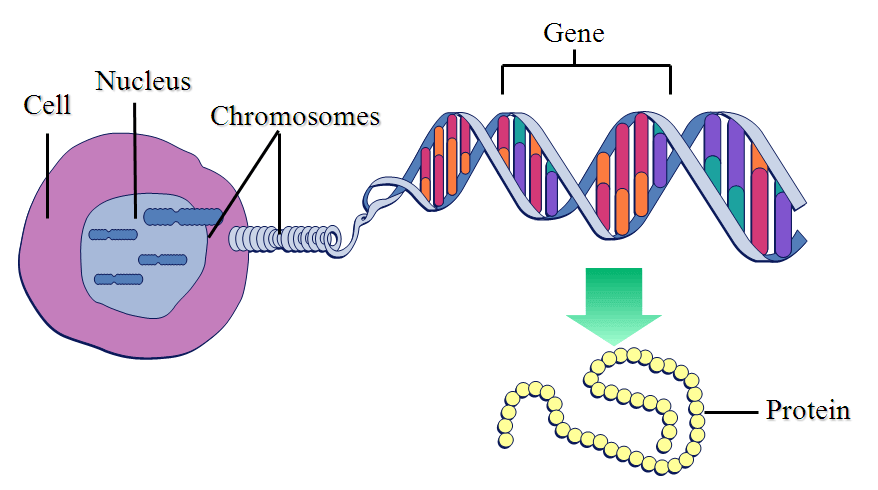
In humans, genes vary in size from 100 DNA bases to 2,000,000 bases. Each person carries one copy of the gene from the mother and another from the father.
Most of the genes which we inherit are the same in the human body, but only one percent change creates a big difference in each person’s unique physical features.
The slight difference in genetic code or genetic instruction may give an individual a unique characteristic – like eye and hair color.
What is a Chromosome?
DNA is nearly 2 meters long, and how can this long DNA fit within a cell. To content DNA in a nucleus, DNA packaging came into existence.
DNA packaging is the process in which a long piece of double-stranded DNA is tightly looped, coiled, and folded so that it can fit within the cell.
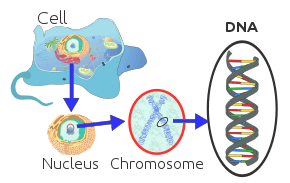
When the DNA molecules are packaged and arranged into a thread-like structure, then it is called chromosomes.
This cleverly packaged DNA is in X-shaped bundles.
Human cells contain 23 pairs of chromosomes, so a total of 46 chromosomes in a cell.
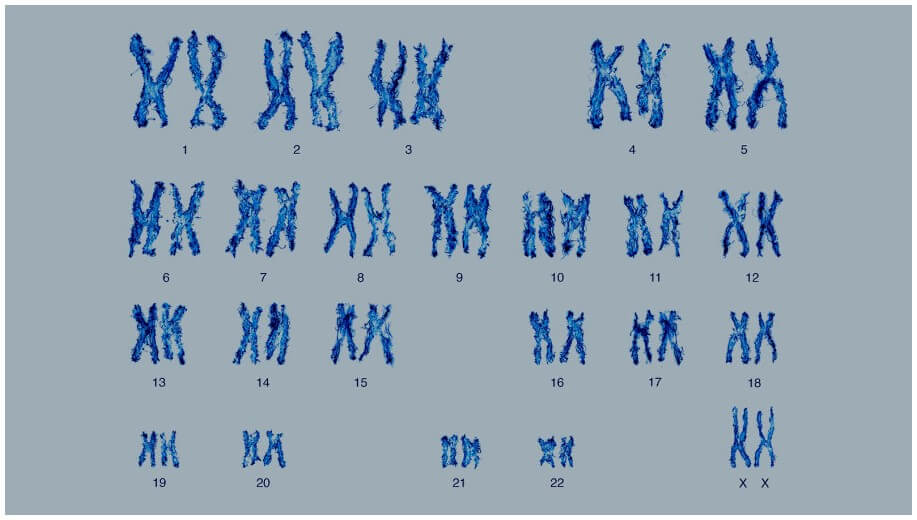
While, 22 pair of a chromosome are called autosomes, which contains our genetic information. The last pairs of the chromosome are sex chromosomes, which can be X and Y and determine gender.
Male has XY chromosomes while female contains XX chromosomes.

What is a genome?
The complete set of DNA in any organism that contains all of the genetic information needed to build and maintain that organism is called the genome.
The human genome is estimated to have 20,000 to 25,000 genes.
While in the human entire genome contains more than 3 billion DNA base pairs or approximately 35000 genes.
In humans, the genome is mostly the same, But only the slight difference of 0.001 in each person contributes to differences in appearance and health.
How DNA Works?
DNA does lots of exciting things that are complex and difficult to understand. One of the most critical roles of DNA is in the formation of protein and living cells.
DNA instructs amino acids on how to line up and form the perfect chain of amino acids to give the perfect protein shape.
So, DNA work goes like this: amino acids to protein, protein to living cells, living cells to tissues, and tissues to organs. And, when we combined all these, it forms you and me.
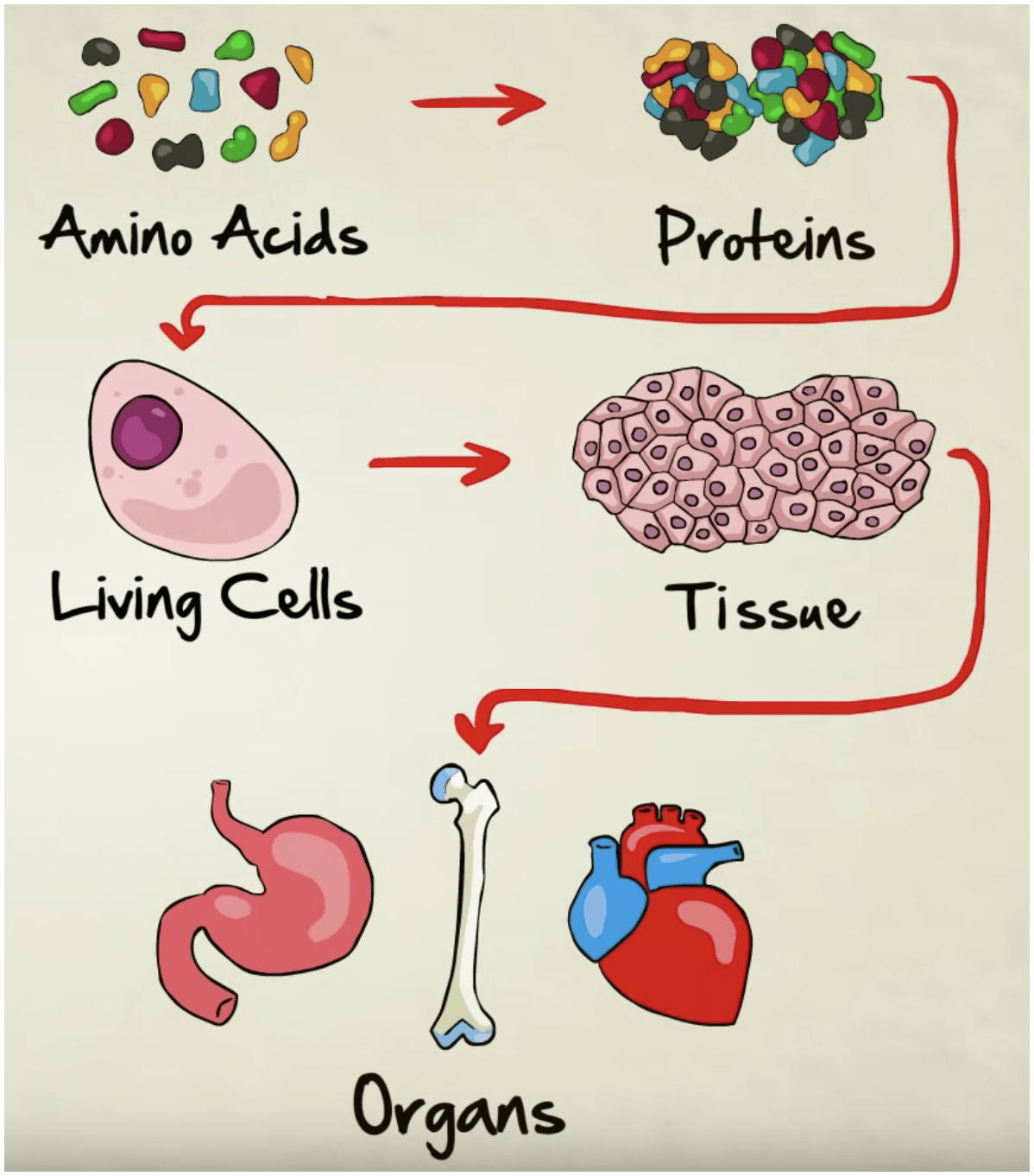
How DNA interacts with amino acids?
DNA and amino acids are in the nucleus and cytoplasm of the cell. And, protein synthesis occurs in the cytoplasm of the cell.
Moreover, DNA molecules are too large to pass through the nuclear membrane into the cytoplasm. So, there comes the existence of RNA.
Here, the DNA instructs RNA, also called messenger RNA (mRNA).
Before we move into detail about the process, let us understand what RNA is.
What is RNA, and how it forms?
RNA stands for ribonucleic acid.
The primary role of RNA is in protein synthesis by carrying genetic information from DNA and passing genetic code to the Ribosome of the cell.
The nucleus of the cell generates RNA through a process called DNA transcription. So, what is DNA transcription, and how it takes place?
DNA transcription is the process in which a particular portion of DNA sequence, also known as gene, creates a copy of itself to form single-stranded RNA using an RNA polymerase enzyme.
Also, the single-stranded RNA formed during DNA transcription is complementary to one strand of DNA.
How RNA differ from DNA?
RNA contains sugar ribose, whereas DNA contains the sugar deoxyribose. Moreover, RNA is a single-stranded molecule, and DNA is a double-stranded molecule.
Also, just like DNA, RNA is made of molecules called nucleotides. Each nucleotide contains three components: a nitrogenous base, a pentose sugar called ribose, and a phosphate group.
RNA nitrogenous base includes Adenine (A). guanine (G), Cytosine (C), and uracil (U).
Here, unlike DNA, RNA contains uracil (U) instead of thymine (T).
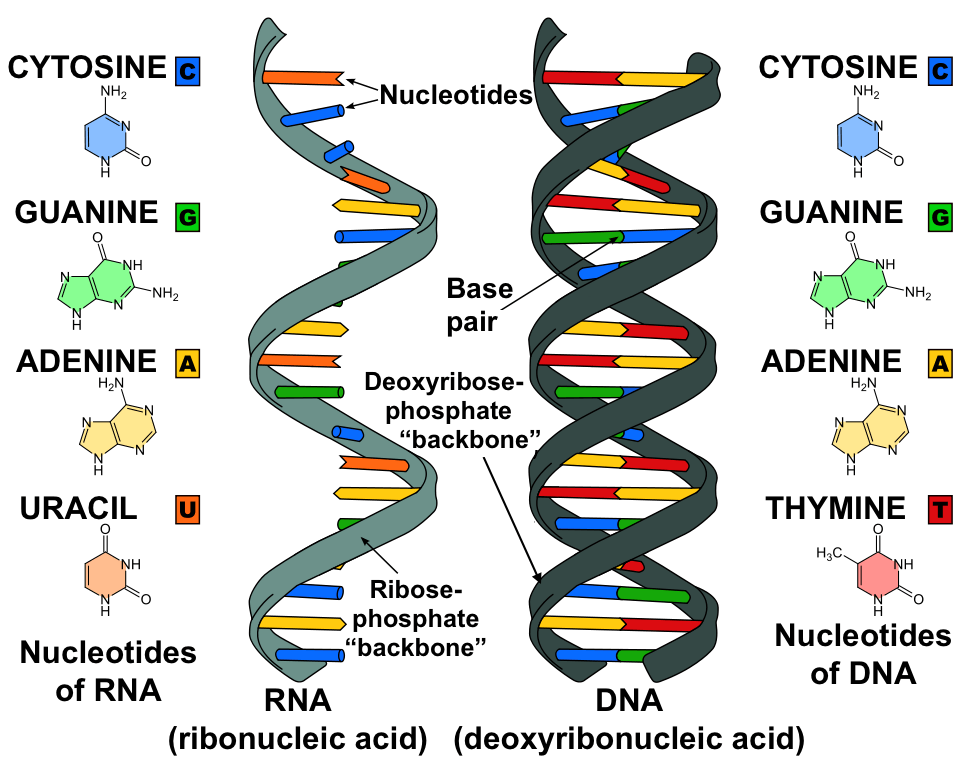
How does DNA synthesis proteins?
The synthesis of proteins takes place in a cell is in two steps.
The first step is transcription, where it creates a copy of the gene to form RNA molecules.
And the second step involved in the translation in which the RNA molecule serves as a code for the formation of the amino-acid chain known as protein.
First step: Transcription
The portion or segment of DNA, known as gene, uncoiled using an enzyme called DNA polymerase.
The enzyme “read” the DNA sequence and build a single-stranded chain as a complementary known as an RNA molecule. RNA molecules, once created, get detached to form a separate single-stranded molecule.

Now, the RNA molecules are known as messenger RNA (mRNA), which exit from the pores of the nuclear membrane of the nucleus.
Second step: Translation
The three types of RNA are involved in the translation process.
- mRNA, which carries genetic code
- rRNA, which aids in the formation of Ribosome
- tRNA, which identifies and brings individual amino-acid to the Ribosome.
The translation process takes place in the cytoplasm of the cell, and various enzymes are involved in controlling the translation process.
There are a total of 20 types of amino acids used to build all kinds of protein in our bodies. Also, the Ribosome read genetic code in a single triplet code known as a codon.
And, codon corresponds to single amino acids. Like, GGA is a codon for glycine (amino acid).
So, when the translation starts, the Ribosome starts reading the triplet code or codon from mRNA’s molecule. After reading, the Ribosome interacts with tRNA to bring in the individual amino acids.
Now, the Ribosome forms the chain of amino acids by attaching individual amino acids. This way, it creates the complex and different shape of proteins. Each protein molecule is unique and has various functions.
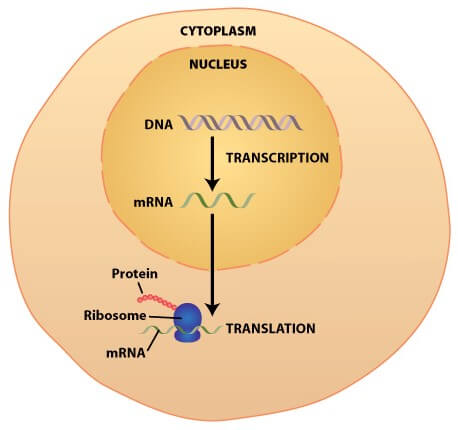
Thus, the synthesis of protein takes place. The genetic information of the DNA is the governing body in protein synthesis with the help of messenger (mRNA) and translator (tRNA).
How to understand the whole process of DNA in a simple way?
DNA translation analogy
Consider a cell as a restaurant. There would be so many restaurants, and each restaurant offers different cuisines. Similarly, each cell has different functionality.
The cookbook is like a DNA that contains recipes for making and running different living things like a bird, plants, worms, and people in a restaurant.
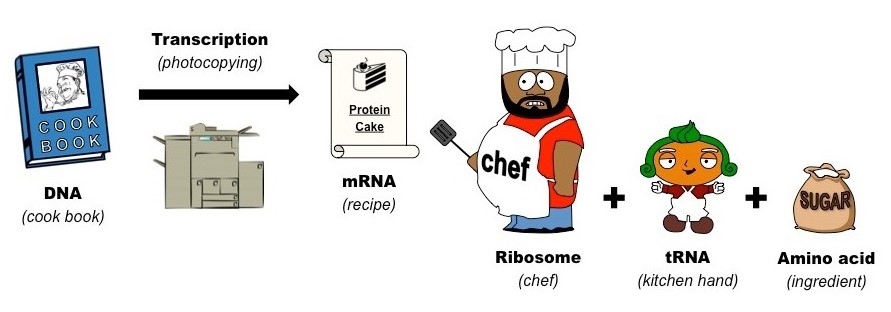
Let’s call a collection of the cookbook in the restaurant a chromosome. Also, the human cell has 23 pairs of the chromosome, one from each parent. Similarly, the restaurant has two editions of 23 different cookbooks.
A single recipe in a cookbook is similar to a DNA instruction, called a gene. For humans, the cookbook collection contains at least 25,000 recipes.
During the transcription process, the small segment of the DNA sequence is copied with the help of an enzyme RNA polymerase and separated to form RNA. Here, RNA polymerase act as a photocopy machine, which creates a copy of the recipe.
The photocopied recipe here is the mRNA (messenger RNA) transcript—the mRNA transcript moves toward the Ribosome, which acts as a cook.
The Ribosome here reads the mRNA one codon at a time, just like the cook read the recipe one step at a time.
Each codon is related to one amino acid, just like each step in a recipe refers to a specific ingredient.
Now, amino acids are identified and taken to the Ribosome by tRNA. Here, cook helper or kitchen hands act as a tRNA.
Finally, the Ribosome joins amino acids together to create a complete product called protein. Similarly, the cook mixes ingredients to make the final food.
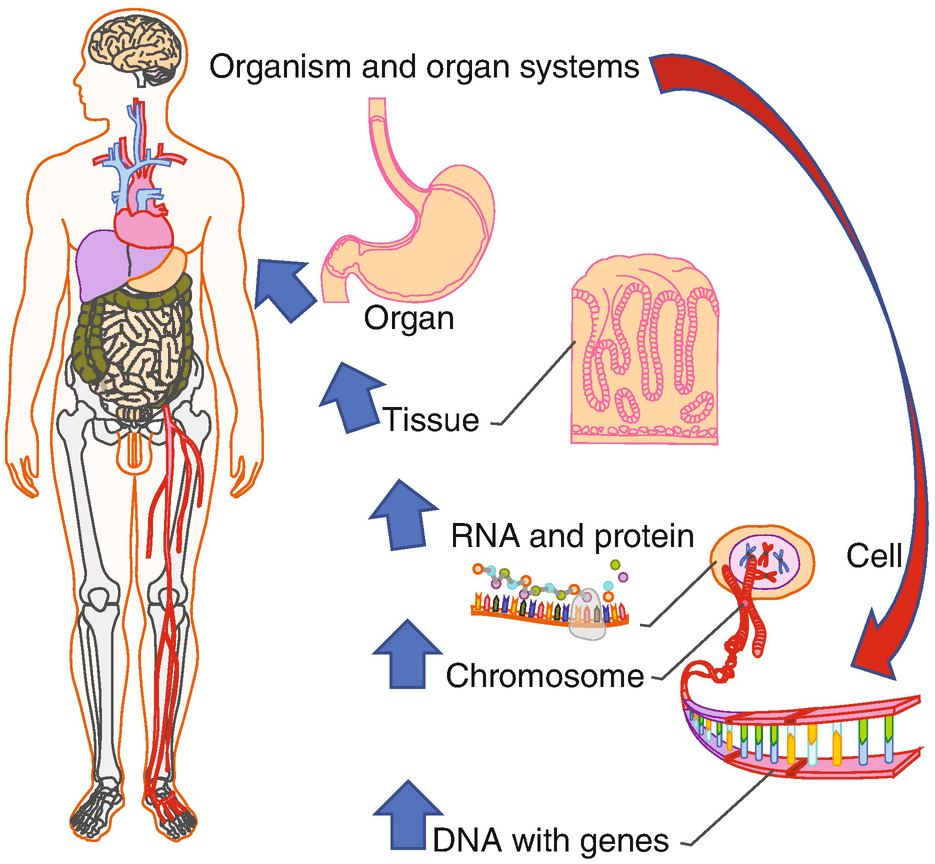
What is DNA replication?
DNA replication is a process in which cells create a copy of themselves during cell division.
In eukaryotes cells, DNA replication takes place in the nucleus of the cell, and in prokaryotes cells, it takes place in the cytoplasm of the cell.
Moreover, DNA replication is known as semi-conservative, which means that each strand of the DNA acts as a rule template for the synthesis of the new complementary strand.
What is the result of DNA replication?
The result of DNA replication takes place from one DNA molecule to two “daughter” DNA molecules. Each new-formed double helix DNA molecule contains one new and one old strand.
What is the purpose of DNA replication?
The purpose of DNA replication is to produce two identical copies of DNA molecules from a double-stranded DNA molecule.
This process is essential for cell division during the growth or repair of damaged tissues.
What are the stages involved in DNA replication?
DNA replication take place in three stages; Initiation, Elongation, Termination
Initiation
- The first step in DNA replication is to uncoil or unwind the DNA molecule’s double helix structure.
- In the next step, the enzyme called helicase breaks the hydrogen bonds that hold the complementary bases of DNA hold together.
- Now it will separate double-stranded DNA into a single-stranded DNA in a Y shape called a replication fork. Each separated single-stranded DNA will act as a template for new strands of DNA.
- The two unfolded strands will have different orientations.
- One strand orientation is toward the replication fork in the 3′ to 5′ direction known as the leading strand.
- Another strand is oriented away from the replication fork in the 5′ to 3′ direction, known as the lagging strand.

Elongation
- Once the DNA strand is separated, it forms a short piece of RNA called a primer using an enzyme known as DNA promise.
- In the leading strand, the primer bind to the 3′ end of the strand. While in lagging strands, numerous primers bind to various points of the strand.
- In a leading strand, new base pairs are added in the direction 5′ to 3′ using an enzyme DNA polymerase, and the process is known as continuous. Each base pairs are complementary to the strand.
- In a lagging strand, fragmented primers are several bases apart, known as Okazaki fragments. Later, the joining of Okazaki fragments takes place using an enzyme called DNA polymerase, and the process of replication is known as discontinuous.
Termination
- After forming both continuous and discontinuous strands, the enzyme called exonuclease removes all RNA primers from the original DNA strands. Now, appropriate chemical bases take the place of these primers.
- The newly formed DNA strand is then proofread to make sure no mistakes in the new DNA sequence.
- Finally, an enzyme called DNA ligase sealed up the fragments into a continuous strand.
After the completion of the replication process, the parent strand and its complementary DNA strand winds up in a double-helix structure.
What happens when DNA gets damaged?
We know DNA is essential to life, but it also can be damaged through various means.
When DNA is exposed to radiation, free radicals, various chemicals, and environmental agents, DNA damages occur.
It is estimated that ten to thousands of DNA damages events occur every day in each of our cells.
But, nothing to fear!
Your cells can detect DNA damages and repair DNA damages using protein molecules.
How does DNA get mutated?
DNA mutation is a change in the sequence of base pairs.
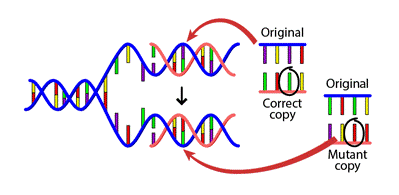
DNA mutation will have a more significant impact on your body because it affects the formation of proteins.
Subsequently, if generated proteins don’t work correctly, it can lead to several diseases such as cystic fibrosis and sickle cell anemia.
DNA mutation not at all suitable for a cell because, in most cases, it loses its genetic information. Still, it is a very complex subject that requires more research and study.
More importantly, DNA mutation can also lead to the development of cancer. In such cases, the mutated cells can grow and divide out of control.
These cancer-causing DNA mutations are either inherited from your parents or acquired through exposure to carcinogens such as chemicals, processed food, smoking, or UV radiation.
The classic example of DNA mutation is the evolution of bacteria that are resistant to antibiotics.
But not all DNA mutation is terrible. In some cases, it may contribute to diversity as a species.
How DNA affect aging?
DNA damages indeed occur every day, but simultaneously another mechanism also started to repair the DNA damages.
If these DNA damages don’t repair by itself, it gets accumulated, which drives the aging process.
Many types of research take place to know what influences DNA damage. In most cases, free radicals are the prime reason for DNA damages.
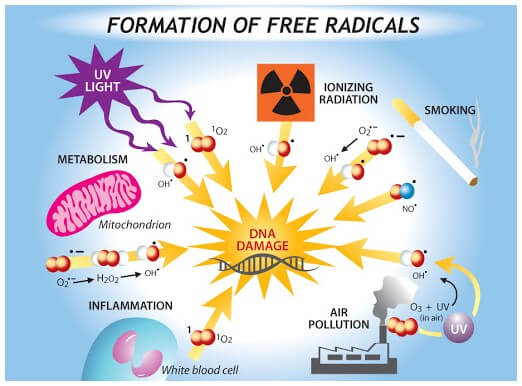
However, this would be one factor that influences DNA damage, but several other factors contribute to it.
According to one study, repair of DNA damages declines as we age. Further, it revealed that repair of DNA damage occurs correctly during the reproductive stage, and as we cross this stage, it started to decline.
Another factor that gives rise to aging is telomeres shorting. Telomeres are a part of DNA that protects from DNA damage, but telomers’ shorting decreases the protection layer.
Telomeres shortening occurs mostly due to some lifestyle factors such as obesity, psychological stress, and exposure to a cigarette. However, DNA replication can also contribute to telomeres shortening.
Perhaps making good lifestyle choices such as healthy weight, managing stress, and distancing from highly processed foods may help in slowing down the telomere shortening.
Wrap Up:
Understanding DNA will help you gain all the information needed to build and operate an organism. And, DNA genetic information instructs the cell to generate proteins.
Here, the protein work as a real workhorse, which can do almost everything in the cell.
Protein produces cells and also provide energy to them. They help in digesting the food, work as energy sources, develop the immune system, and many more. You will find protein as a role of hormones (like estrogen), pigments (give color to skin and eyes), and antibodies (protect you from infection and free radicals).
So, DNA has all roles to play in producing, developing, and maintaining an organism. To keep your DNA secure, avoid any harmful and chemical-rich foods that can lead to cancer cells.
